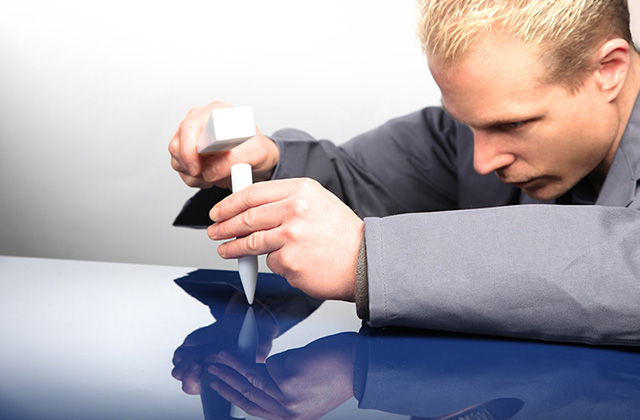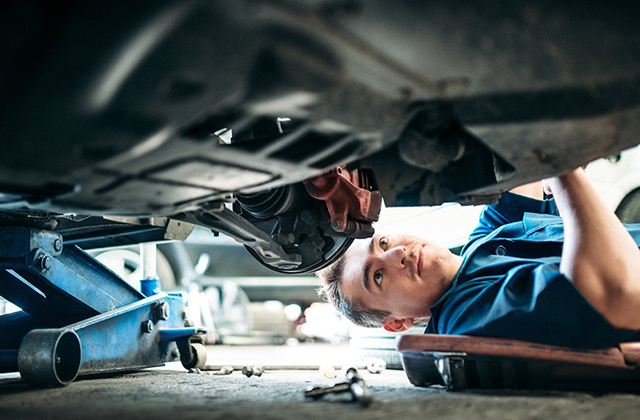The waste industry has reached crisis point several months into the Chinese waste ban, and stakeholders want immediate action. If your garbage in the office giving you headache go and find an office rubbish removal Sydney.
The industry is calling for assistance to help it transition to a so-called ‘circular economy’ where waste would be collected, processed and then reused to make new products here in Australia.
Recyclers say if we do not do it recycling rates will drop, causing serious environmental harm as more waste gets dumped in landfill.
Millions of tonnes of waste have been going offshore
The latest available data shows that Australia sent 1.2 million tonnes of waste to China in 2016-2017 — nearly double the previous estimate.
About 30 per cent of Australia’s recyclable waste is exported to China.
Tim Youe, the CEO of Southern Metropolitan Regional Council facility that processes waste in Perth, says it is a short-sighted approach.
“People have been looking for the highest dollar return for the raw commodity and haven’t invested in the infrastructure to [reprocess waste] within the confines of Australia,” he says.
Gayle Sloan, the CEO of the Waste Management Association of Australia, has been pushing for government support to help ramp up onshore waste processing.
She says it will create five times more waste-industry jobs, and benefit the environment.
“We can gear up, but we need to have certainty of market in order to invest because these aren’t small investments. These are millions of dollars of investment in factories and facilities.”
Turning old bottles into new bottles
Tim Youe’s facility in Perth exports everything it collects — paper, cardboard and plastic — to Asian markets including Indonesia and Malaysia.
In fact, most of Western Australia’s yellow bin recycling, except for glass, gets shipped overseas.
“We could be using that material here, reprocess it, value-add to it and use it in new products here,” Mr Youe says.
“For example, you could turn a plastic bottle, say like a Coke bottle, into a PET pellet and make a new Coke bottle out of it.”
PET, or polyethylene terephthalate, is the type of material commonly used to make plastic drink bottles and containers.
Not only is it possible, it is being done.
Australian recycling giant Visy has a local plant that makes plastic bottles from 100 per cent recycled plastic.
Supermarket giant Coles uses recycled plastic bottles for its home-brand bottled water.
They remain the only private label in the country to use 100 per cent recycled plastic bottles.
“Customers have responded really well,” Coles spokeswoman Martine Alpins says.
“We know right now that customers love any way that they can help the environment.”
Last year, Coles sold 233 million of these bottles, saving 3,000 tonnes of new plastic from being created and potentially sent to landfill.
Beverages Council CEO Geoff Parker says his industry is keen to use as much recycled content as possible, but under the right market conditions.
“It’s about the price of that [recycled plastic or recycled PET]. It’s also about the price of virgin PET — that’s the original PET. And that has a number of different factors at play around world oil prices and electricity prices,” he says.
However Mr Parker acknowledges the industry could be doing more.
“I think it’s a case of we’re doing a little and we can certainly always use more,” he said.
More manufacturers need to use recycled material
Federal and state governments have made the use of recycled products voluntary, and Gayle Sloan says while manufacturers trumpet the production of recyclable packaging, the track record on the use of recycled material is less impressive.
“The challenge that we’re finding is that the manufacturers of that food-grade packaging, which is what ends up in the yellow bin, aren’t taking that product back as readily as we want or as much as we want,” she says.
Much of the recycled material used is imported from countries which receive Australian waste.
The same global manufacturer may be using more recycled material in Europe, where there are tougher regulations, than in Australia, where federal and state governments see the use of this material as voluntary.
Many governments do not even mandate the use of recycled materials for their own departments.
Label launched to guide consumers
The recycling industry says consumer awareness will help drive the transformation to the use of more recycled materials.
A clear labelling system is needed to help consumers identify what is recyclable and what is recycled, according to the industry.
“Just putting more product in the bin that is potentially recyclable without any market for it doesn’t help. We actually need a logo that says this is made from recycled content,” Ms Sloan says.
The Australian Packaging Covenant Organisation (APCO) is reviewing its guidelines around the degree of recycled content in packaging. But for now, its labelling program has a different focus.
It has launched a national labelling scheme, the Australasian Recycling Label, aimed at helping consumers better understand which parts of the packaging they buy is recyclable.
APCO CEO Brooke Donnelly says it will also help guide business to make better choices.
“It’s a first in Australia, the ability to be able to evaluate a packaging format in the design phase and make a very conscious choice to create packaging formats that are designed for recycling or reuse,” she says.
Collection costs are rising as the China ban bites
The industry is hurting because prices have collapsed due to China’s decision to ban imports of mixed recycled material.
Those selling directly to China are in danger of going broke.
NSW and Victoria have provided rescue packages to prop up the industry in the short term.
But China’s move has also changed the cost equation.
Many councils which were paid by recyclers for household waste now have to pay to have it collected.
The government support may only last until the end of the financial year.
So some councils will be hit with much higher costs, which means renegotiating collection contracts and passing on those higher charges to ratepayers from July.
“It’s a dollar a week, and to keep recycling going is a great thing,” Ms Sloan says.
With commodity prices plunging by at least 30 per cent in the last 12 months, Mr Youe says the ban had hit his bottom line.
And his worry is that the crisis will damage the public’s confidence in the industry.
“Bad news about recycling tends to lead to people not putting the right thing in the right bin, and I think the encouragement of the householder to continue to recycle is a key message that we need to get out there,” he says.
Calls for a government mandate on recycling
Stakeholders claim the recycling industry’s future is threatened without government involvement.
“I think now is the opportune time for us collectively to pick up the ball and start to do what we probably should have done five to 10 years ago,” Mr Youe says.
He believes governments need to mandate the use of recycled product in their own contracts.
“I think sustainable procurement needs to be embedded in state and federal government policies, and that’s lacking in this space,” he says.
“We don’t have the Federal Government leadership in the same way that we have with the European Union, that set standards and said we are going circular, the same way that China said, we are going circular,” Ms Sloan adds.
“We actually need some regulatory support for it.”
State environment ministers will meet on April 27, and waste is on the agenda.









